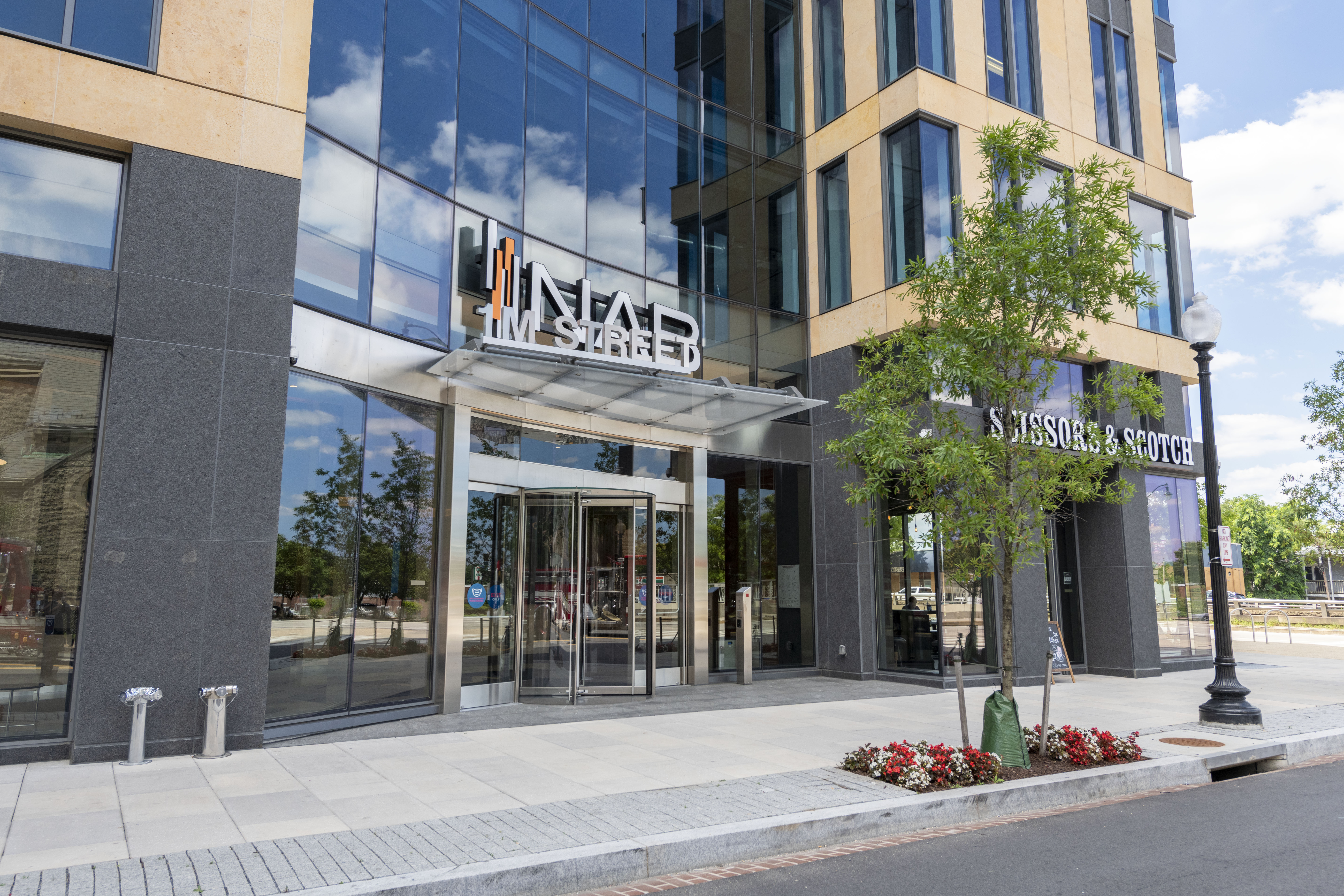Interest in Tuneable Antennas Continues to Rise
Manufacturers are facing the problem of making efficient internal antennas for thinner and smaller smartphones work well on frequencies ranging from more than 2 GHz down to the 108 MHz of 700 MHz broadcast television spectrum reallocated to wireless carriers. One way to make small antennas work better is to tune them for an optimum match on each frequency. Paratek's ParaScan antennas use thin-film ceramic materials to create high-Q capacitors whose dielectric constant can be varied by application of a DC voltage. Paratek claims its tuning method is continuous and ultra-fast, unlike MEMS ICs, and provides significantly better linearity and harmonic performance than tuning diodes.
Blackberry manufacturer Research in Motion (RIM) recently announced it had acquired Paratek Microwave. Paratek's president and CEO, Ralph Pini, said, "As a part of RIM, a technology leader and pioneer in the smartphone category, Paratek will continue to innovate and to bring leading edge adaptive tuning solutions to the industry. We are very excited about this transaction and the opportunity to serve RIM and realize our vision. As always, we will continue to pursue the development of state-of-the-art adaptive tuning technologies. We look forward to working with our new colleagues and integrating our solutions into RIM's BlackBerry product offerings.
In case you are wondering whether this technology could be used for mobile DTV receivers, the answer is yes. The NAB FastRoad report from Ethertronics, Embedded FM/TV Antenna System – Final Report outlines one such approach.
Get the TV Tech Newsletter
The professional video industry's #1 source for news, trends and product and tech information. Sign up below.

Doug Lung is one of America's foremost authorities on broadcast RF technology. As vice president of Broadcast Technology for NBCUniversal Local, H. Douglas Lung leads NBC and Telemundo-owned stations’ RF and transmission affairs, including microwave, radars, satellite uplinks, and FCC technical filings. Beginning his career in 1976 at KSCI in Los Angeles, Lung has nearly 50 years of experience in broadcast television engineering. Beginning in 1985, he led the engineering department for what was to become the Telemundo network and station group, assisting in the design, construction and installation of the company’s broadcast and cable facilities. Other projects include work on the launch of Hawaii’s first UHF TV station, the rollout and testing of the ATSC mobile-handheld standard, and software development related to the incentive auction TV spectrum repack. A longtime columnist for TV Technology, Doug is also a regular contributor to IEEE Broadcast Technology. He is the recipient of the 2023 NAB Television Engineering Award. He also received a Tech Leadership Award from TV Tech publisher Future plc in 2021 and is a member of the IEEE Broadcast Technology Society and the Society of Broadcast Engineers.
